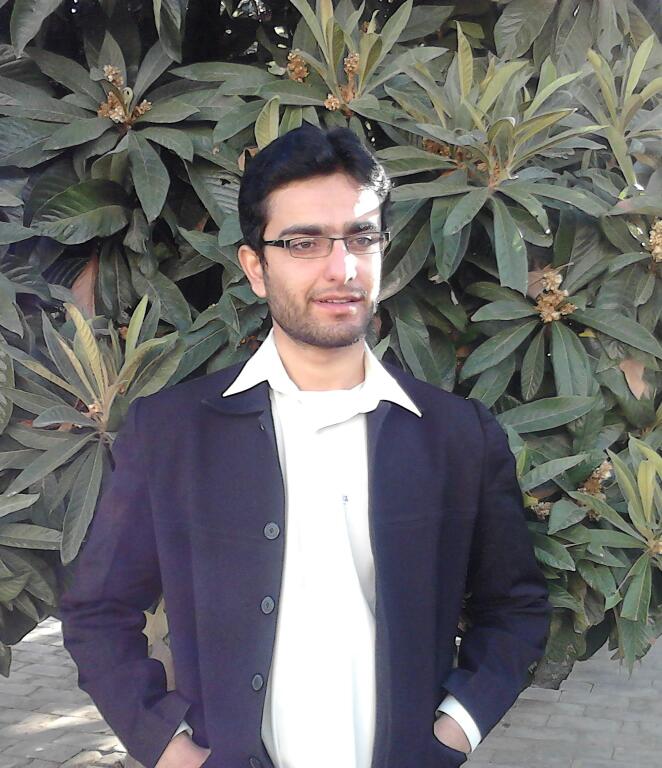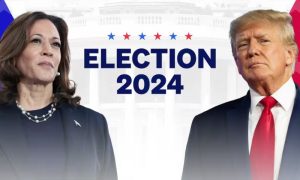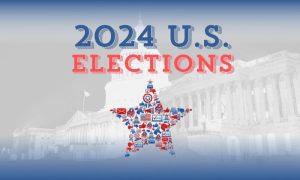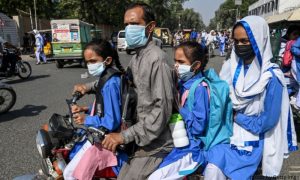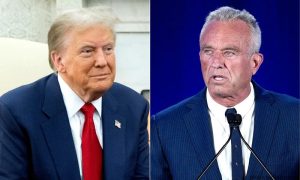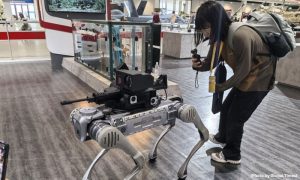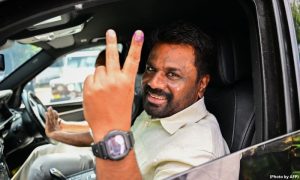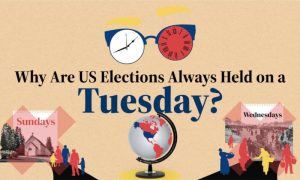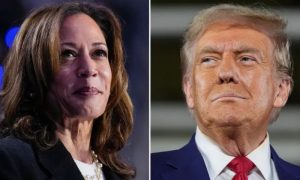Social change is a permanent reality. It is characterized by the changes in social behaviors, social organizations and the value system of a society. These changing patterns are catalyzed by technological developments, changes in the means and modes of production, changes in the ecosystem and above all, newly emerging ideological underpinnings both at religious and political levels. One of the most debated perspectives on social change is evolution. The evolutionary theories argue that social change is an evolutionary process that has nothing to do with divine or human intervention. Contrary to evolutionists, there are scholars who are adherents of revolutionary changes in social order. The political history of the world acknowledges both schools of thoughts. But history teaches us a lesson as well.
The state is a superstructure to regulate social change. It is the byproduct of the social contract but gets a role in maintaining the social balance. For amicable arrangements of the social contract, states have been reshaping their outlook from a centralized system to a decentralized system. The far most expression of a centralized state was absolute monarchy whereas for a decentralized state it is democracy. The decentralization process has ultimately resulted into the creation of state institutions, with states delegating their functions to the smaller entities. The journey from an absolute monarchy to a democracy has its roots in social change. However, different societies have reached to democracy by choosing both evolutionary and revolutionary means. The modern democracies are a lesson learnt for transitional democracies, quasi democracies and non-democracies to set their political ideals to accommodate social change.
Social change remains an anomaly in postcolonial societies. One of the fundamental arguments is given by Hamza Alvi. He writes that postcolonial societies inherited overdeveloped state apparatus and its institutionalized practices vis-à-vis social developments. If we apply this on British Raj in the sub-continent, it means that social structures in India and Pakistan, at the time of independence, were weaker than the state structures both India and Pakistan received from the Raj. The colonial legacies of Raj included political system, military institutions, judiciaries, and bureaucracies. These legacies were a gift from a modern society to the elite of least progressive societies of India and Pakistan.

Postcolonial states like Pakistan have been sandwiched between the struggle for social change and maintenance of status quo. The changing means and modes of production, technological revolution and above all the social change has brought the Pakistani society at daggers drown with the overarching superstructure. It has produced social conflict. This social conflict inflames political conflict. The state apparatus is ‘elite capture’. The ventage point of the ruling elite in Pakistan is inherently non-accommodating towards social change unless it keeps this elite into a leading position. Moreover, the state apparatus accommodates the elite consensus that results into deepening of social conflict.
Social change remains a cardinal reality. The superstructure cannot stop the earnest desire of social change, even from within the elite. There are two periods when someone from the elite challenged the elite to adhere to the social change. The first was in 1970s when Zulfiqar Ali Bhutto challenged the status quo though he was a part of that status quo. The second is 2010s when Imran Khan has challenged the status quo though he is also from the elite. In both cases, both Zulfiqar Ali Bhutto and Imran Khan have instrumentalized supranationalism where the status quo forces found themselves challenged by new realities.
In political societies, the far most expression of social change is political competition. The electoral process turns out to be a remedy of social conflict. The purpose of the state, at the time of social conflict, is to maintain a balance into warring classes, or in the case of Pakistan political parties. Zulfiqar Ali Bhutto and Imran Khan are catalysts of social changes of 1970s and 2010s respectively. In both cases, they have tried to reidentify Pakistan by vehemently criticizing their oppositions. When social change is precipitated against the normal space or orchestrated to gain political milage, social conflict gets worse. The fragile states get panic after worsening of social conflict and start taking strict measures leading to violation of political rights. In this situation, superstructure strikes a balance.
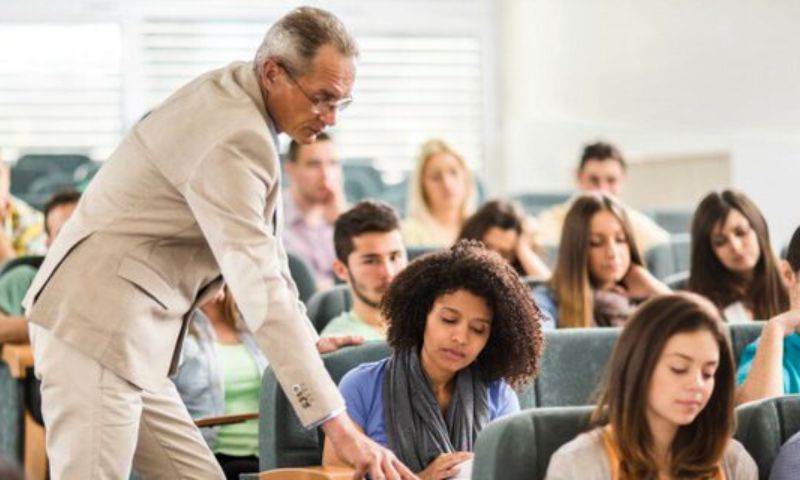
The expression of a superstructure in Pakistan is the establishment. Cognitively, it gives an impression of form bigger than the state. It is in the realm, an ideal that is divinely ordained and insurmountable. This arrangement has created the ideological and normative boundaries for the state and society that are never comprehensively understood. It supports the social change but does not want its own ideals and norms to be challenged by that social change. This static position puts the catalysts of social change into a permanent conflict with the establishment. However, these catalysts instrumentalize their political charisma to muster the masses’ support ending up into cults. The cult politics exacerbate the social conflict and leads a society into polarization.
When social change turns into a violent conflict, it not only effects the society but the superstructure of the state as well. In both 1970s and 2010s, superstructures first supported the catalysts of social change and then turned against them. It happened only when these catalysts tried to bring the superstructure under their political tutelage insisting that it should not be unaffected and unabetted by the change. In both the cases, the superstructure resisted and stood by the forces of status quo. It has brought religion as an instrument of the superstructure to challenge the changing realities. In 1970s this instrument resulted into radicalization. The coming decades are self-evident and do not need explanation.
The mishandling of social conflict leads to politically motivated conflictual positions of different political parties. It also leads the conflict to a point of no return increasing the fears of a social and political breakdown of a society. It leads to chaos. It rejuvenates the superstructure to increase its presence and marshal a society in a regimental way. The modern political system has gone through a long process of managing the social conflict. The electoral process is the universally practiced political activity that has lessened the prospects of social conflict turning violent. It has become a default setting of a society to redo or undo what it has done in the past. The superstructure cannot get away with the political processes because its very own existence relies upon these processes.









